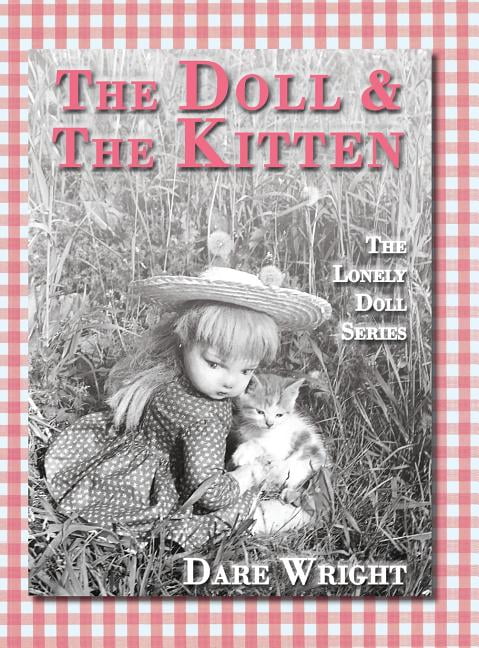

There are people who are frightened of dolls, and although I am not one of them, I imagine that the reason is that they strongly resemble the human, but are not human which is to say that they look real, and alive, whilst being of course not real and not alive. There is some narration, but most of The Lonely Doll is made up of large black and white photographs staged and taken by the author using an actual doll and teddy bears. The first thing you notice is the photographs. It is, in fact, deeply odd and at times genuinely unnerving. However, if that sounds cute or magical, the reality, the presentation, of the story is anything but. It is the story of a lonely doll, of course, who ‘had everything she needed except somebody to play with.’ The girl, who is called Edith, prays every day for some friends and eventually gets her wish when two bears appear at her door and move in with her. In this way, perhaps The Lonely Doll would have been then, and is now, the perfect children’s book for me, the perfect evocation of what childhood meant, and means, to me. Whatever is inside me is not playful and innocent and I don’t feel as though it ever was. I have never wanted to recapture my childhood and do not consider myself to have an inner child. I stared into his beard and remained silent. I was told that if I wanted to borrow something I should say so.

At the age of around six or seven I did attempt to steal an adventure book from my primary school teacher, but I was caught and ordered to give it back.


They smelled of damp and appeared to be written in a foreign language. These included poetry anthologies, the complete Shakespeare, and so on. The only books we owned were a large leather bound collection my dad had bought when he and my mother married. We did not, in fact, have any in the house, and I knew instinctively that, being poor, I should never ask for anything. I did not read children’s books as a child and do not remember ever having them read to me.


 0 kommentar(er)
0 kommentar(er)
